Home>Garden Essentials>How To Harvest Rosemary Seeds
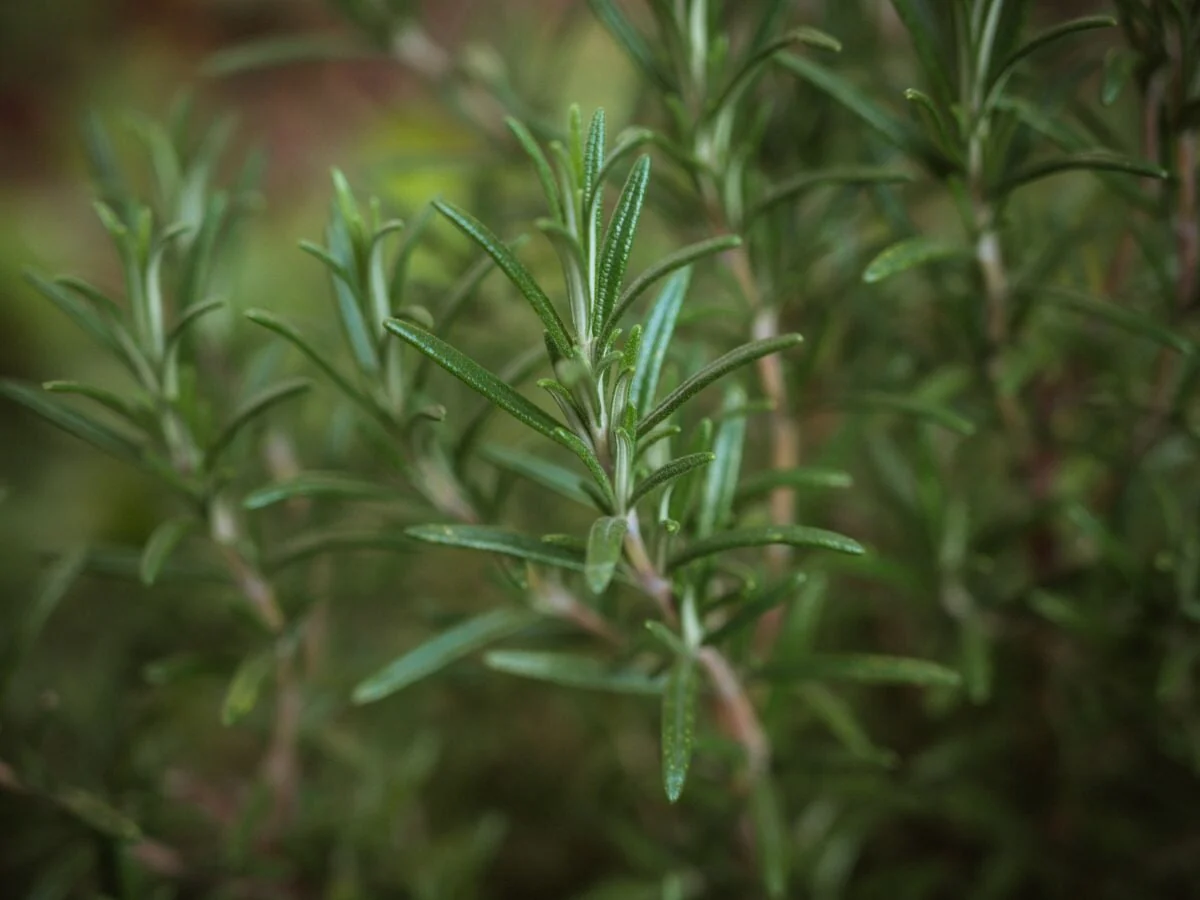

Garden Essentials
How To Harvest Rosemary Seeds
Modified: March 15, 2024
Learn how to harvest rosemary seeds in your garden and enjoy the benefits of growing your own herbs. Follow our step-by-step guide for successful seed collection and cultivation.
(Many of the links in this article redirect to a specific reviewed product. Your purchase of these products through affiliate links helps to generate commission for Storables.com, at no extra cost. Learn more)
Introduction
Welcome to the world of gardening! If you’re a plant lover, you probably already know the joy of watching your garden flourish. Today, we’re going to dive into the fascinating world of rosemary seeds and how you can harvest them. Rosemary is a beloved herb known for its aromatic leaves and culinary uses. But did you know that you can also grow rosemary from seeds? It’s not only a cost-effective way to expand your garden, but also a rewarding experience to see your rosemary plant grow from a tiny seedling.
Understanding the process of harvesting rosemary seeds is crucial for successful propagation. It allows you to collect seeds from your existing rosemary plants and save them for future planting. Whether you’re an experienced gardener or just starting out, this article will provide you with the essential knowledge and steps to harvest and store rosemary seeds properly.
So, let’s get started and uncover the secrets of harvesting rosemary seeds and the incredible opportunities they offer!
Key Takeaways:
- Harvesting rosemary seeds is a rewarding way to expand your garden for free. Select healthy plants, time the harvest, and store the seeds properly for successful propagation.
- Growing rosemary from seeds offers a fulfilling experience, from watching tiny seeds sprout to enjoying fresh herbs. With patience and care, you can create a vibrant rosemary garden with unique varieties.
Read more: How To Harvest Begonia Seeds
Understanding Rosemary Seeds
Before we delve into the process of harvesting rosemary seeds, let’s take a moment to understand what they are and how they work. Seeds are the reproductive structures of plants, containing the genetic information necessary for new growth. Rosemary seeds are small, brown, and oval-shaped. Each seed is encapsulated in a seed coat that protects it until it is ready to germinate.
When a rosemary plant flowers, it produces small, purple or blue flowers that eventually develop into seed pods. These seed pods contain several seeds, usually numbering in the double digits. Inside each seed, there is an embryo that houses the potential for new growth.
Rosemary seeds are known for their slow germination rate, often taking several weeks or even months to sprout. Patience is key when it comes to propagating rosemary seeds. However, once they do germinate, they have the potential to grow into strong and healthy rosemary plants.
It’s important to note that rosemary seeds may not always produce plants that are true to their parent. This means that the characteristics of the offspring may vary slightly from the original plant. However, if you’ve grown your rosemary plant from seeds and want to continue propagating it, harvesting and saving the seeds will ensure that you can grow plants with similar traits in the future.
Now that we have a basic understanding of rosemary seeds, let’s move on to the next step: selecting the right rosemary plants for seed harvesting.
Selecting the Right Rosemary Plants
When it comes to harvesting rosemary seeds, it’s crucial to choose the right rosemary plants. Opt for plants that are healthy, vigorous, and free from diseases or pests. The quality of the parent plant will greatly influence the quality of the seeds you harvest.
Here are some criteria to consider when selecting rosemary plants for seed harvesting:
- Variety: Choose a rosemary variety that you enjoy and want to replicate. Whether it’s a specific culinary variety or one with unique aesthetic qualities, select plants that align with your preferences.
- Age: It is best to select mature rosemary plants that are at least two years old. Younger plants may not produce as many seeds or have fully developed seeds, resulting in lower germination rates.
- Appearance: Look for rosemary plants with full foliage, vibrant green leaves, and strong stems. Avoid plants that show signs of stress, such as discoloration or wilting.
- Health: Check for any signs of diseases or infestations, such as yellowing leaves, spots, or pests. Healthy plants are more likely to produce viable seeds.
It’s also important to note that some varieties of rosemary, particularly those propagated through cutting, may not produce seeds. If you’re specifically interested in harvesting rosemary seeds, choose varieties that are known to set viable seeds.
Once you have selected the right rosemary plants for seed harvesting, the next step is to understand when it’s the best time to harvest the seeds.
Timing the Harvest
Timing is crucial when it comes to harvesting rosemary seeds. You need to wait until the seed pods are fully mature and ready to release their seeds. Harvesting too early may result in immature or non-viable seeds.
Here are some signs to look for to determine if it’s the right time to harvest rosemary seeds:
- Seed Pod Color: As the seed pods develop, they will turn from green to a brownish color. This is an indicator that the seeds are nearing maturity.
- Dry and Brittle Pods: Gently touch the seed pods to check their texture. When they feel dry and brittle, it’s a sign that the seeds inside are fully mature.
- Seed Pod Opening: Mature seed pods will naturally split open, revealing the seeds inside. You may notice the seeds starting to peek out from the openings.
It’s important to note that rosemary plants may not produce seed pods every year. Some seasons, you may notice an abundance of seed pods, while in others, there may be fewer or none at all. This can depend on various factors such as plant health, environmental conditions, and plant maturity.
Once you have determined that the seed pods are mature and ready for harvesting, let’s move on to the next step: actually harvesting the rosemary seeds.
After the rosemary plant blooms, wait for the flowers to dry and turn brown. Then, gently shake the plant to release the seeds. Collect the seeds and store them in a cool, dry place for future planting.
Harvesting Rosemary Seeds
Now that your rosemary seed pods are mature and ready for harvesting, it’s time to collect the precious seeds. Harvesting rosemary seeds is a relatively simple process that requires minimal tools and effort.
Here are the steps to harvest rosemary seeds:
- Gather Materials: Prepare a clean and dry bowl or container to collect the seeds. Additionally, you may need a pair of scissors or pruning shears to cut the seed pods from the plant.
- Select the Seed Pods: Carefully inspect the rosemary plant and identify the seed pods that are fully mature. These pods should be dry, brittle, and slightly open, indicating that the seeds are ready for harvest.
- Cut the Seed Pods: Use your scissors or pruning shears to snip off the mature seed pods from the plant. Be gentle to avoid damaging the seeds or the plant.
- Collect the Seeds: Place the cut seed pods into the bowl or container, and gently rub them between your fingers to release the seeds. The seeds will naturally fall out from the open seed pods.
- Separate Debris: After collecting the seeds, carefully remove any debris, such as dried petals or pieces of the seed pod. You can do this by gently blowing or sifting the seeds to separate them from any unwanted material.
- Store the Seeds: Transfer the cleaned rosemary seeds to a small, airtight container. Label the container with the date and rosemary variety, if applicable. Store the container in a cool, dry place away from direct sunlight.
It’s important to note that rosemary seeds are relatively small and lightweight, so it’s essential to handle them with care and avoid spilling or losing them during the process. Once you have harvested and stored the rosemary seeds, the next step is to properly dry and store them for future use.
Read more: How To Harvest Wheatgrass Seeds
Drying and Storing Rosemary Seeds
Properly drying and storing rosemary seeds is crucial to maintain their viability and ensure successful germination when you’re ready to plant them. Here are the steps to dry and store rosemary seeds:
- Drying Seeds: Before storing, it’s important to ensure that the rosemary seeds are completely dry. Spread the seeds in a single layer on a clean, dry surface like a paper towel or a screen. Place them in a warm and well-ventilated area away from direct sunlight. Allow the seeds to air dry for about a week or until they are brittle and break easily when pressed.
- Removing Chaff: Once the seeds are dry, gently rub or blow on them to remove any remaining chaff or debris. Chaff refers to the seed coverings or any other external material that may have been collected during the harvesting process.
- Storage Containers: Transfer the dried rosemary seeds to small, airtight containers such as glass jars or resealable plastic bags. Make sure the containers are clean and completely dry to prevent any moisture from affecting the seeds.
- Labeling: Label each container with the date of harvesting and the rosemary variety. This will help you keep track of the seed’s age and ensure you’re using the oldest seeds first.
- Storage Conditions: Store the containers in a cool, dark, and dry place. A pantry or a cupboard away from direct sunlight and humidity is ideal. Avoid storing the seeds in the refrigerator or freezer, as the fluctuating temperatures and moisture can harm their viability.
By following these steps, your rosemary seeds should remain viable for several years. However, it’s always a good idea to periodically test the germination rate of stored seeds to assess their viability before planting.
Now that you have harvested, dried, and stored your rosemary seeds, let’s explore how you can utilize these seeds for propagation and growing new rosemary plants.
Using Rosemary Seeds for Propagation
Once you have successfully harvested and stored your rosemary seeds, you can put them to use by propagating new rosemary plants. Here’s how you can use rosemary seeds for propagation:
- Prepare the Planting Medium: Start by preparing a well-draining planting medium. A mixture of equal parts potting soil and perlite or vermiculite works well. Fill seed trays or small pots with the planting medium, leaving a little space at the top.
- Sow the Seeds: Gently sprinkle the rosemary seeds over the surface of the planting medium. Since rosemary seeds are small, it’s best not to bury them too deeply. Lightly press them into the soil or use a fine mist to water them in, ensuring they make good contact with the medium.
- Provide Optimal Growing Conditions: Place the seed trays or pots in a warm area with bright indirect sunlight. Optimal germination temperature for rosemary seeds is around 70°F (21°C). Keep the soil moist but not waterlogged. Mist the surface regularly to maintain adequate moisture levels.
- Be Patient: Rosemary seeds can be slow to germinate and may take several weeks or even months to sprout. Be patient and continue to provide the necessary care and attention. Sometimes, pre-soaking the seeds in warm water for a few hours before planting can help speed up the germination process.
- Transplanting: Once the seedlings have developed a few sets of true leaves, carefully transplant them into larger containers or your garden. Choose a sunny spot with well-draining soil for optimal growth. Space the seedlings at least 12 inches (30 cm) apart to allow for proper airflow and growth.
- Continued Care: As the rosemary plants grow, provide them with regular watering, but be careful not to overwater as rosemary prefers drier conditions. Prune the plants regularly to promote bushier growth and to harvest fresh rosemary leaves as needed for culinary or aromatic purposes.
Remember that not all seeds may germinate, and the resulting plants may display slight variations from the parent plant. However, this is part of the beauty of growing plants from seeds and can lead to unique and interesting variations.
With proper care and patience, you can enjoy the satisfaction of growing your own rosemary plants from seeds and watch them thrive in your garden or containers.
Now, armed with the knowledge of harvesting and using rosemary seeds for propagation, you can confidently add this versatile herb to your gardening repertoire.
Conclusion
Congratulations! You’ve embarked on a journey to discover the fascinating world of rosemary seeds and how to harvest them. By understanding the process of harvesting rosemary seeds, selecting the right plants, timing the harvest, and properly drying and storing the seeds, you’ve gained the knowledge and skills needed to enjoy the benefits of propagating rosemary from seeds.
Harvesting rosemary seeds not only allows you to expand your garden without spending a dime but also offers a rewarding experience as you witness the growth and development of new rosemary plants. With proper care and attention, these plants can provide you with a fresh supply of aromatic leaves for cooking, herbal remedies, and even for adding beauty to your outdoor space.
Remember to choose healthy and mature rosemary plants for seed harvesting, and be patient as rosemary seeds can take some time to germinate. Properly drying and storing the seeds in cool and dry conditions will ensure their longevity and viability for future use.
Using rosemary seeds for propagation opens up a world of possibilities, allowing you to create a flourishing rosemary garden filled with different varieties and unique characteristics. The joy of watching the tiny seeds transform into strong and vibrant plants is truly a fulfilling experience for any gardener.
So, put your newfound knowledge into action, gather your tools, and let your green thumb guide you as you embark on the adventure of harvesting and growing rosemary from seeds. Enjoy the heavenly aroma, culinary delights, and the undeniable beauty that rosemary brings to your garden and your life!
Happy gardening and may your rosemary plants thrive and bring you joy for years to come!
Frequently Asked Questions about How To Harvest Rosemary Seeds
Was this page helpful?
At Storables.com, we guarantee accurate and reliable information. Our content, validated by Expert Board Contributors, is crafted following stringent Editorial Policies. We're committed to providing you with well-researched, expert-backed insights for all your informational needs.
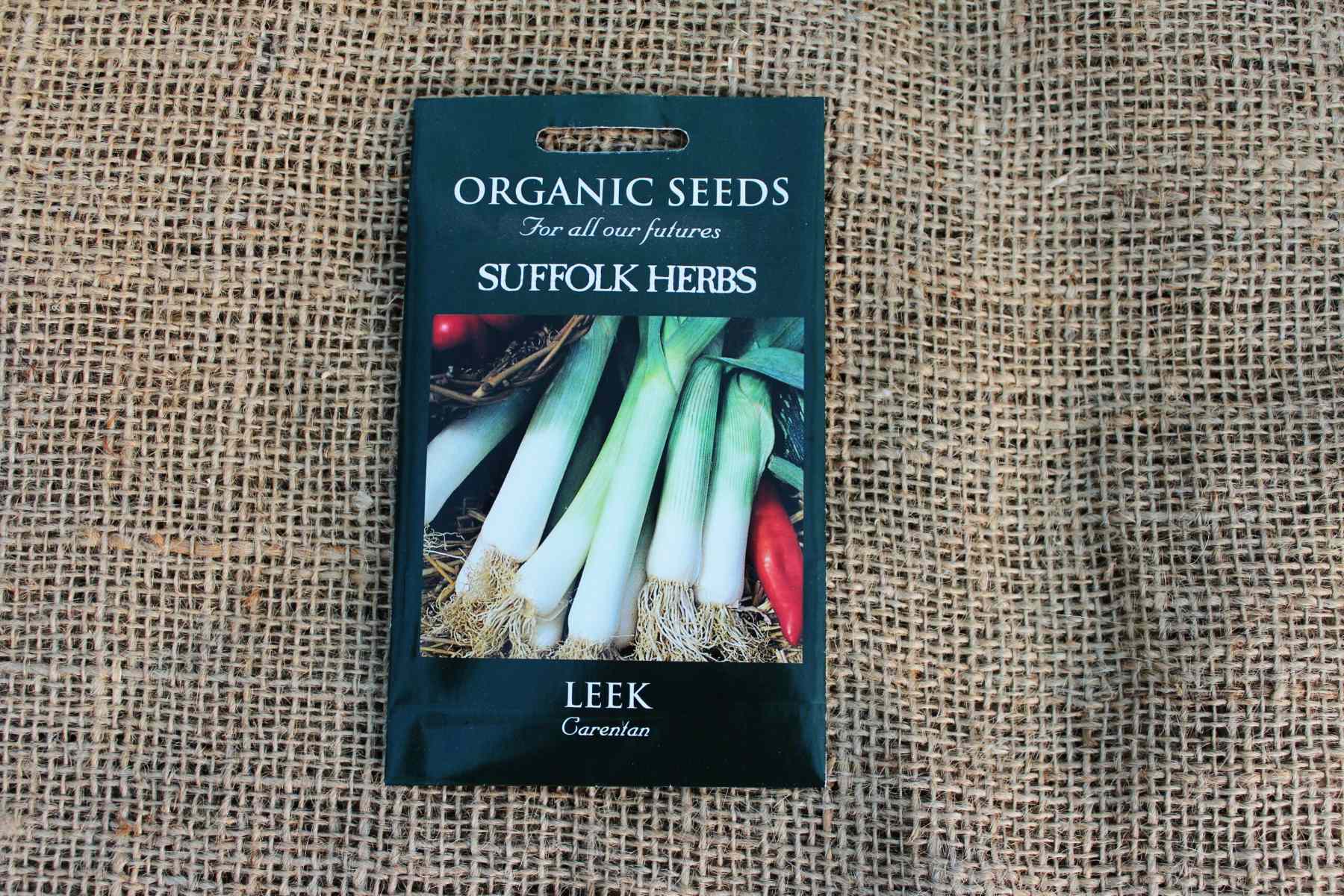
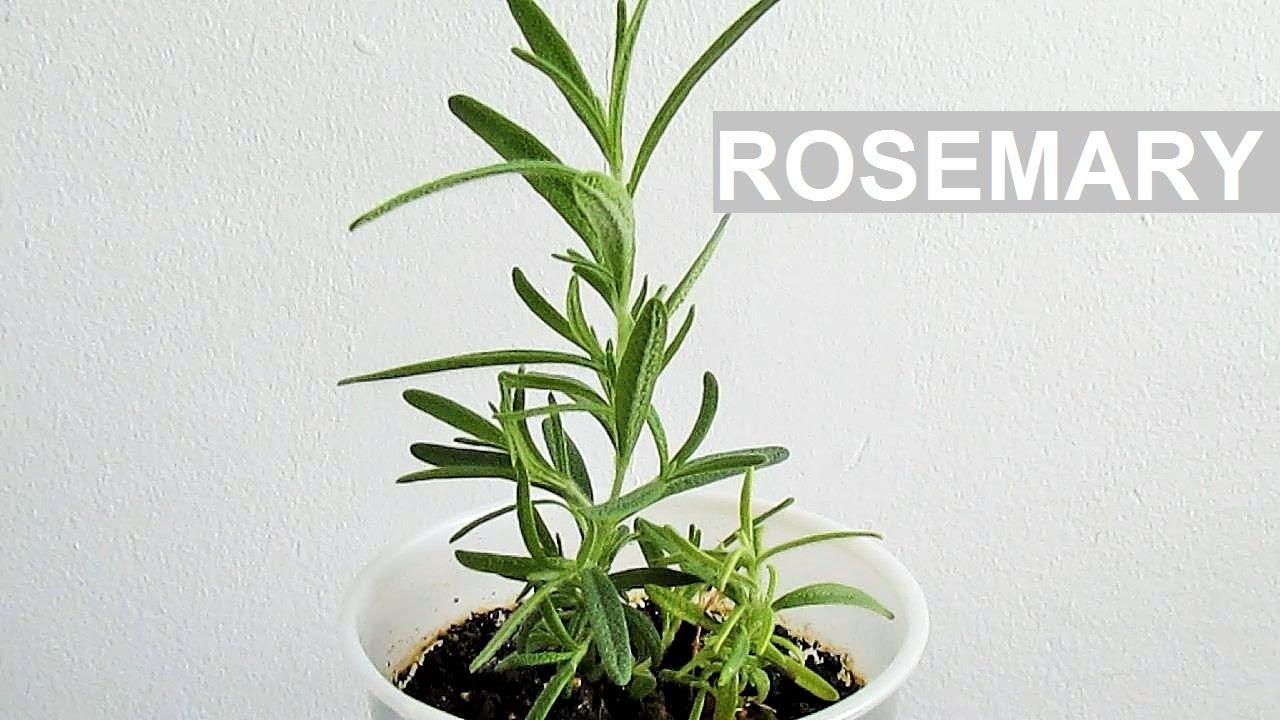
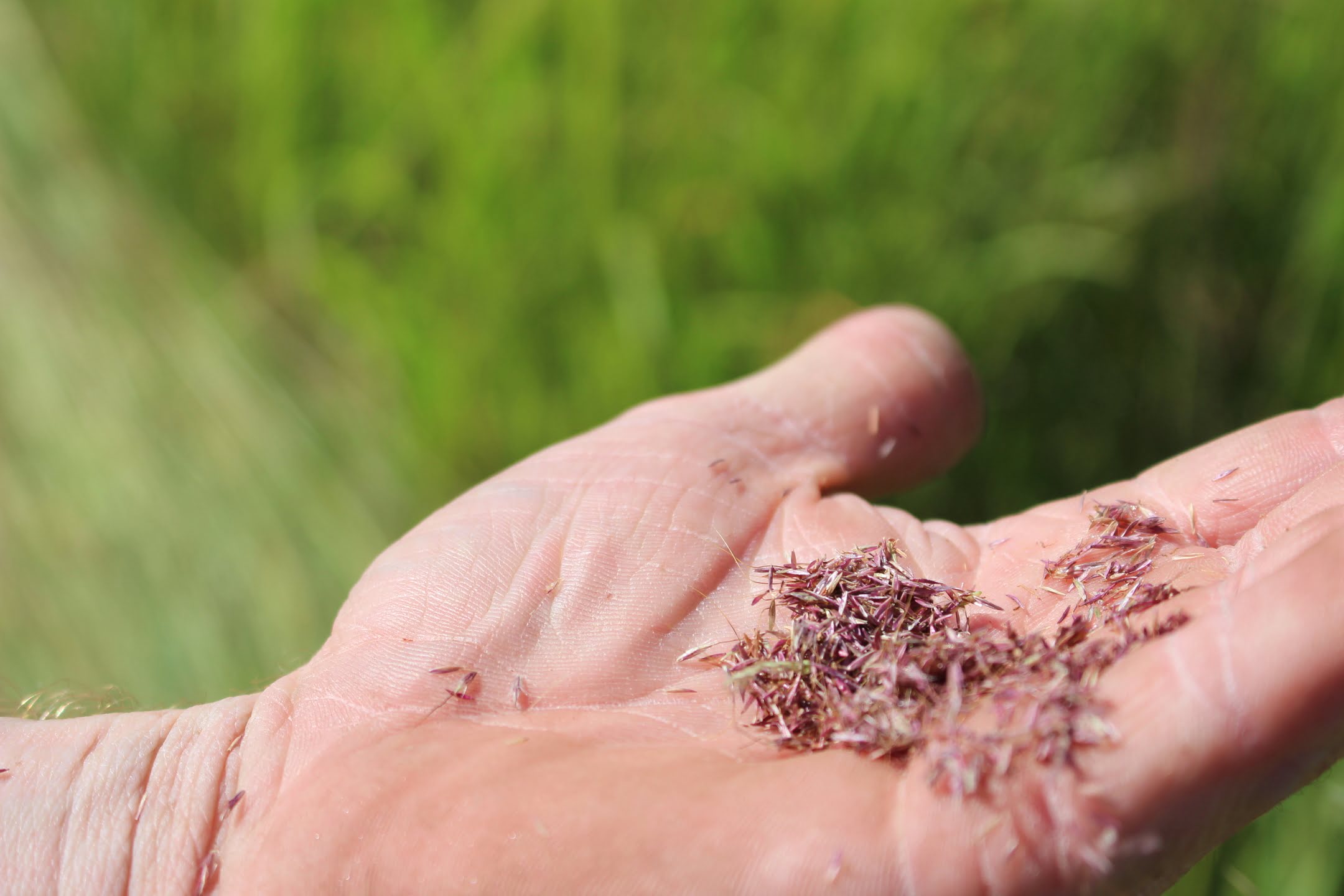
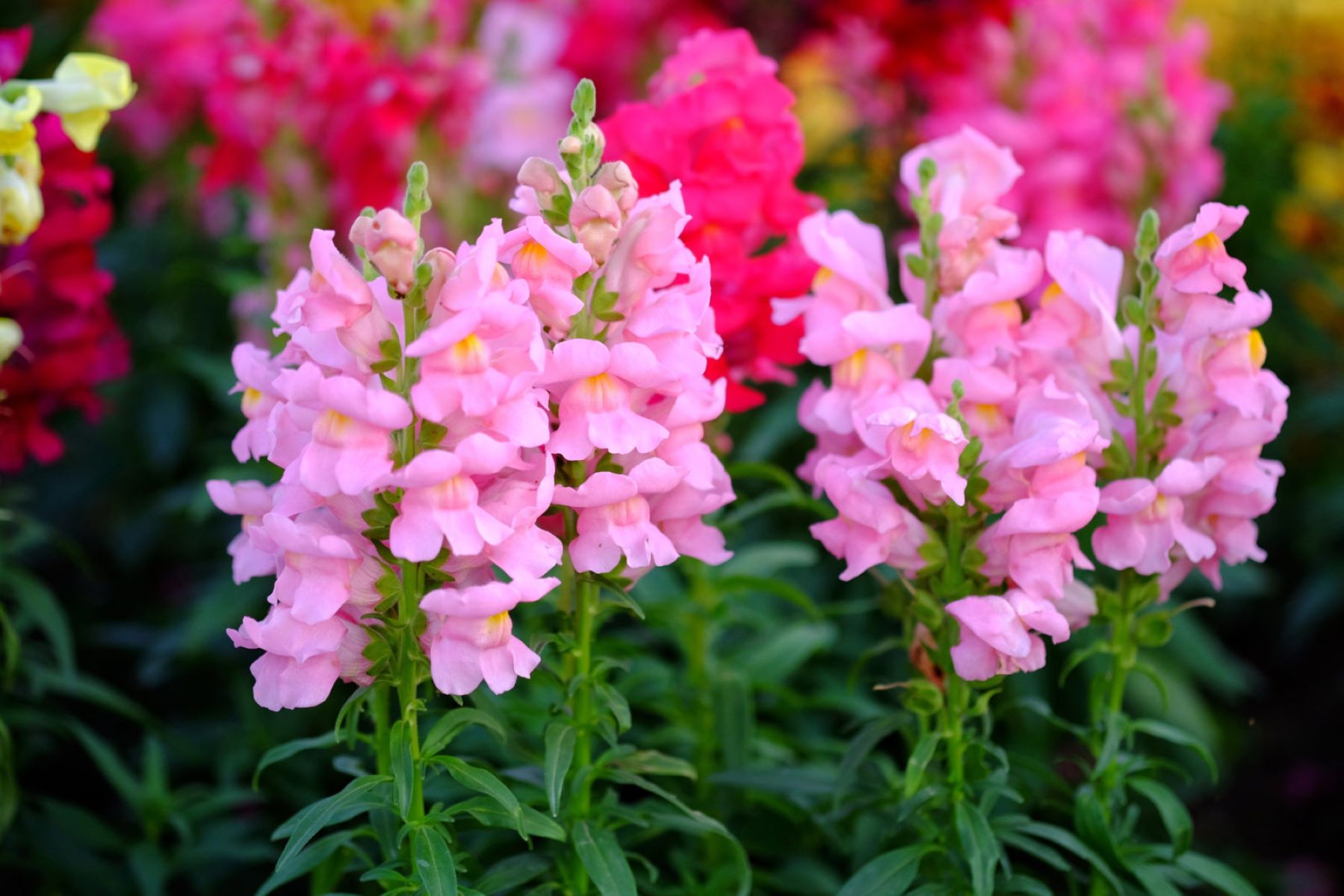
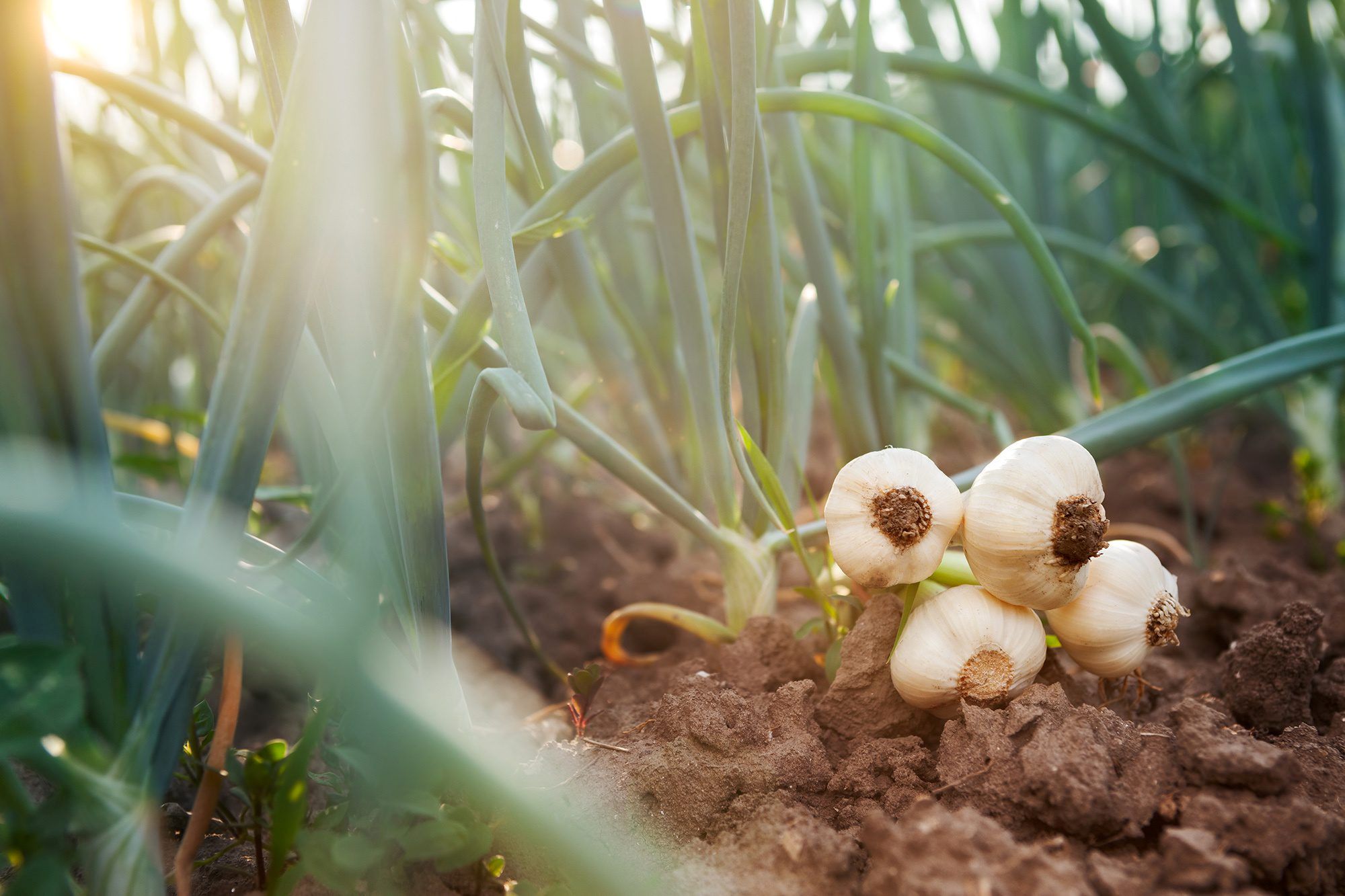
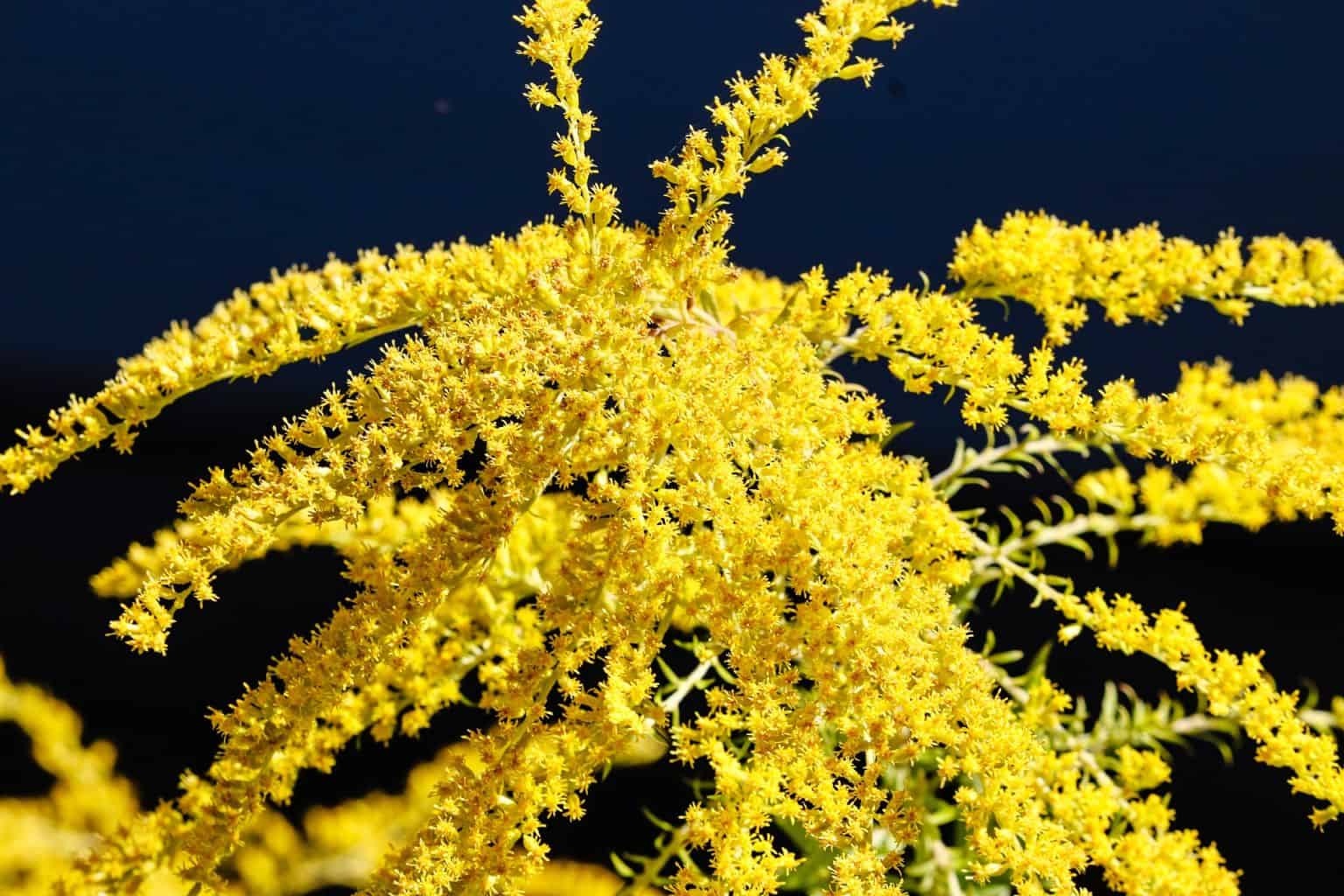
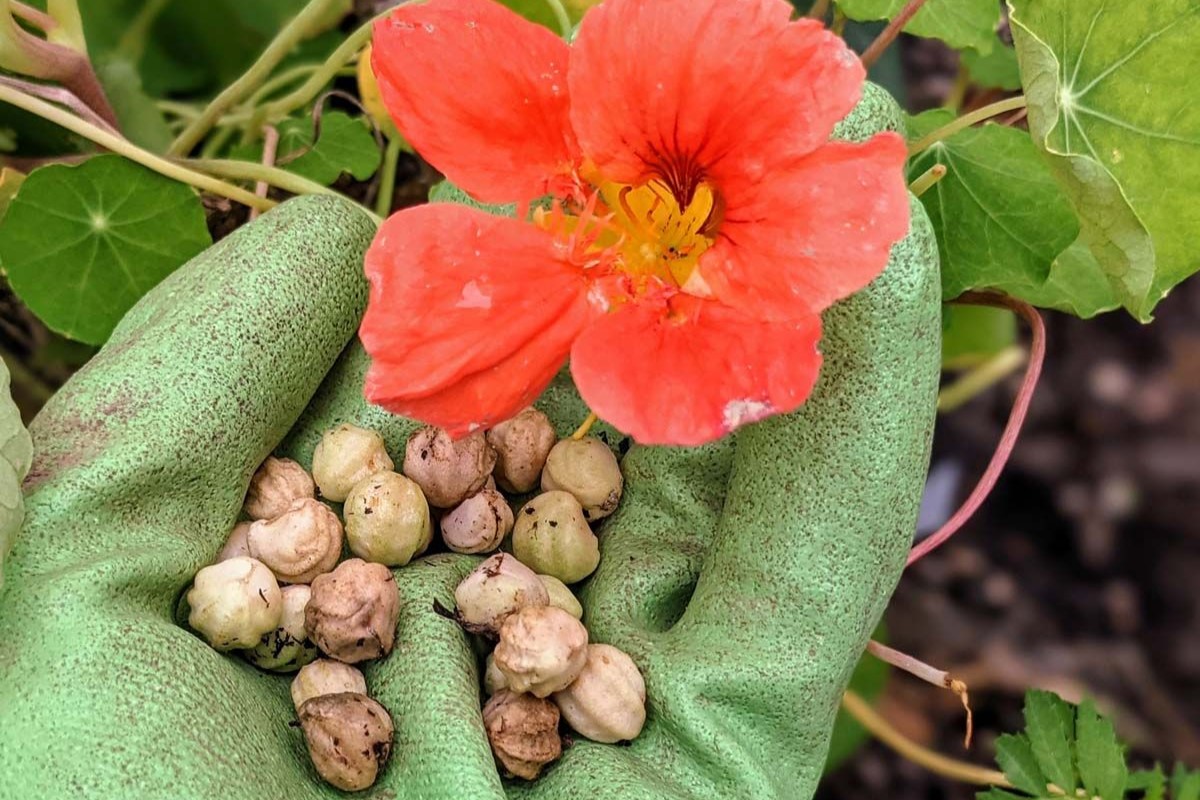
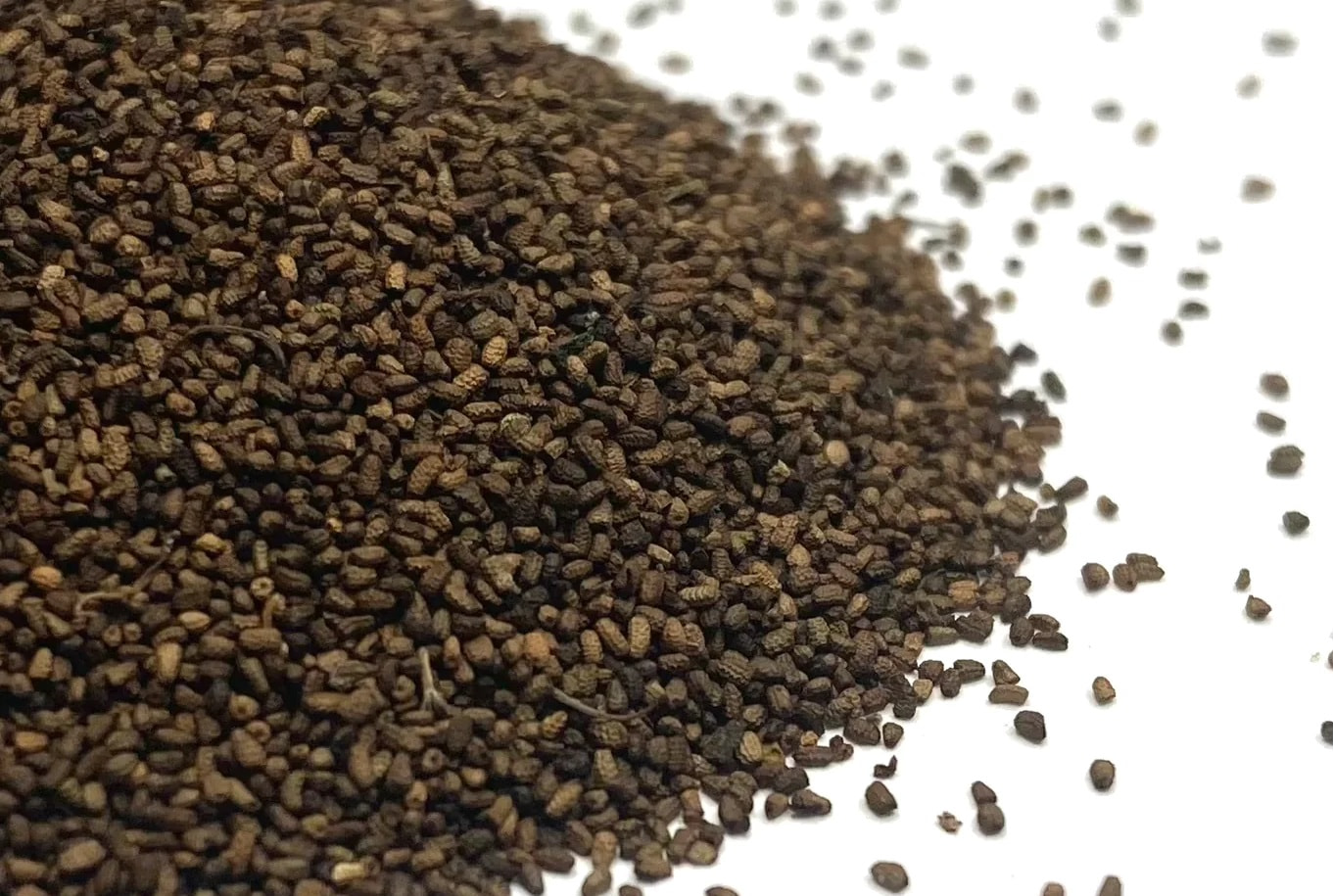
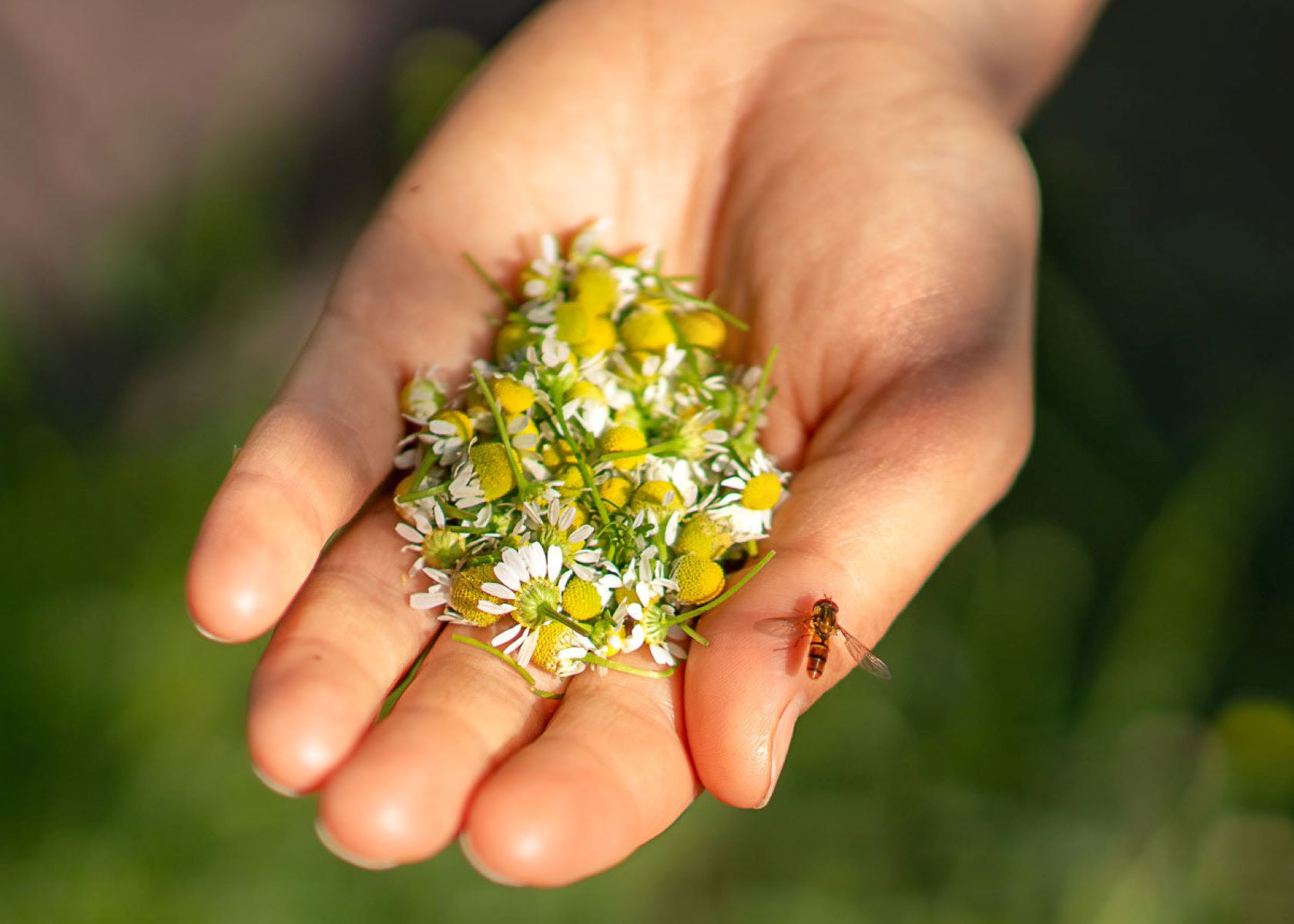
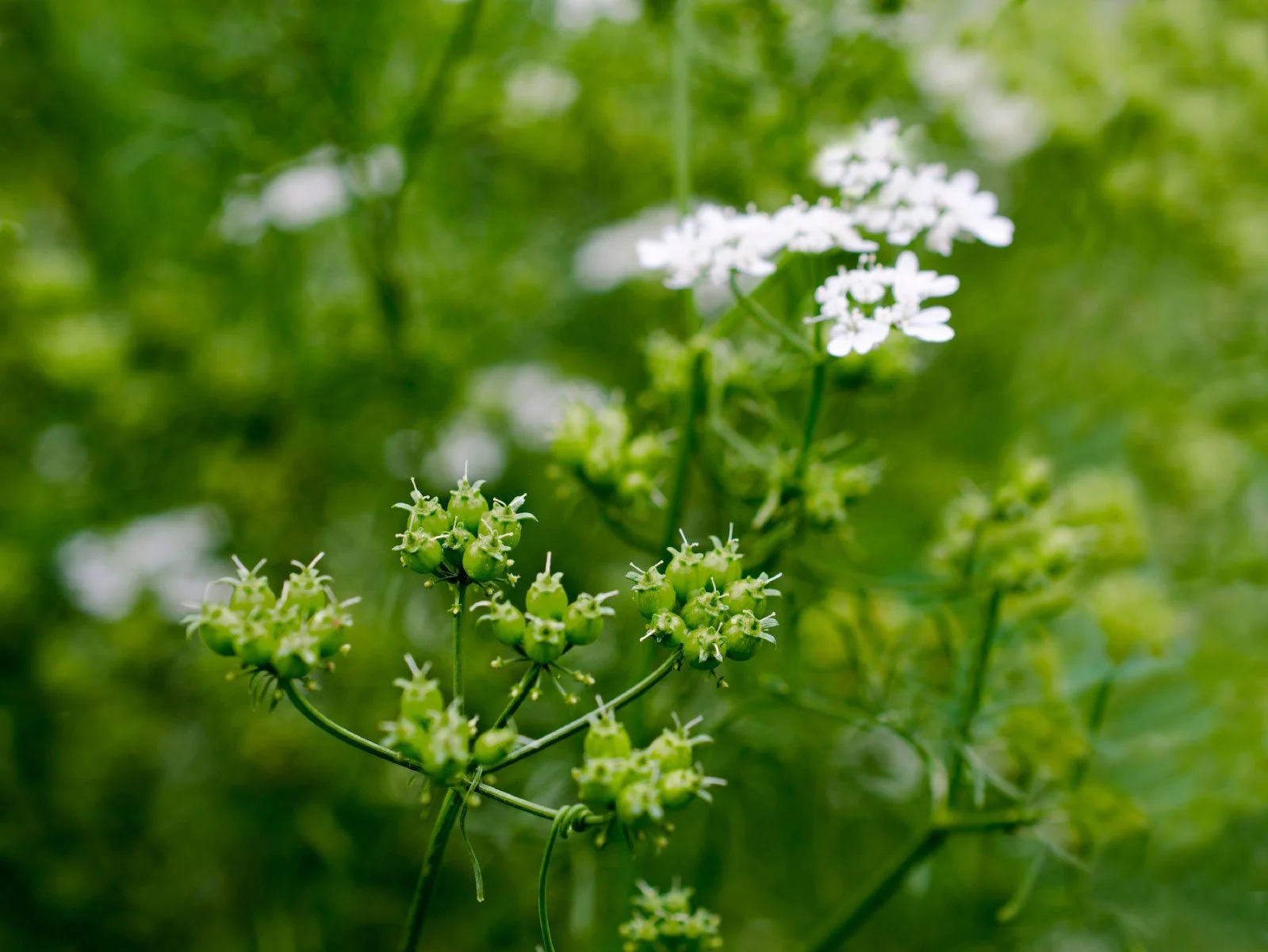
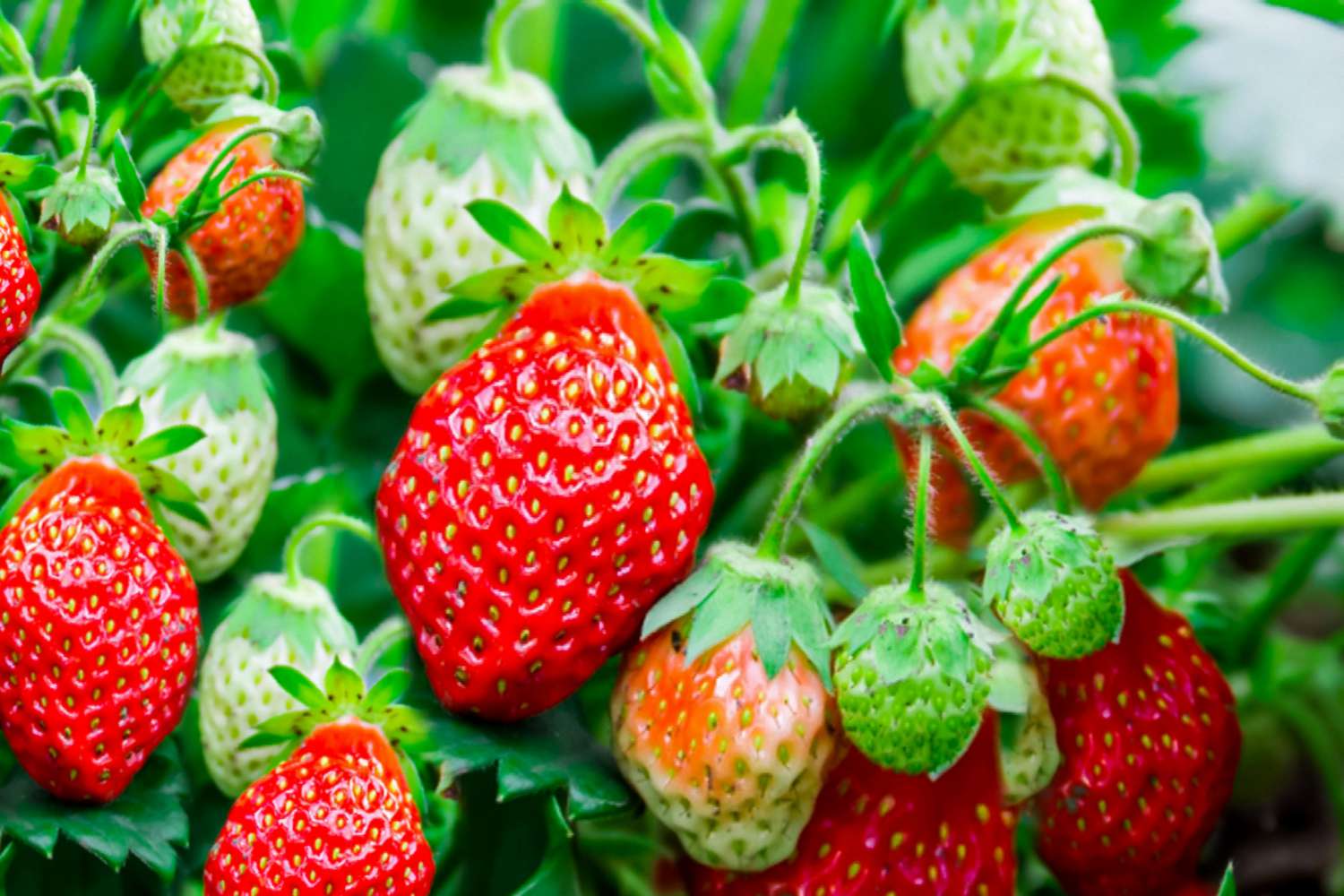
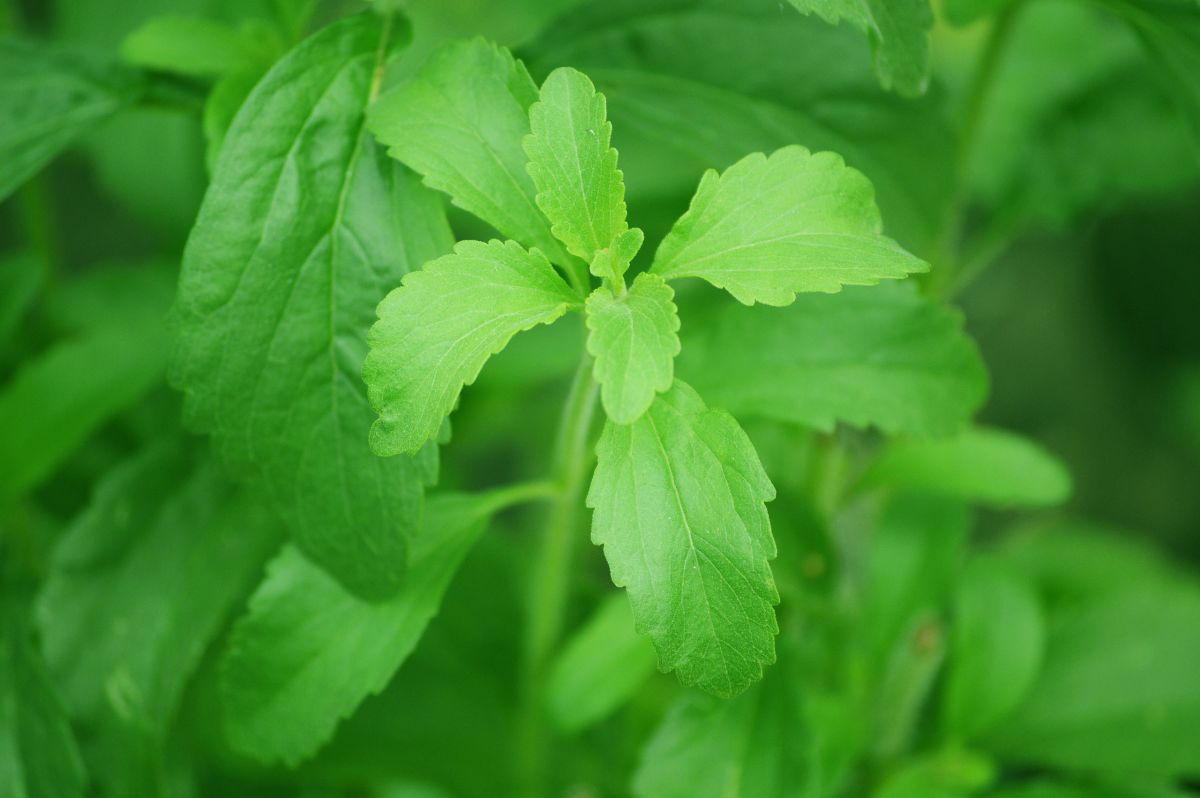
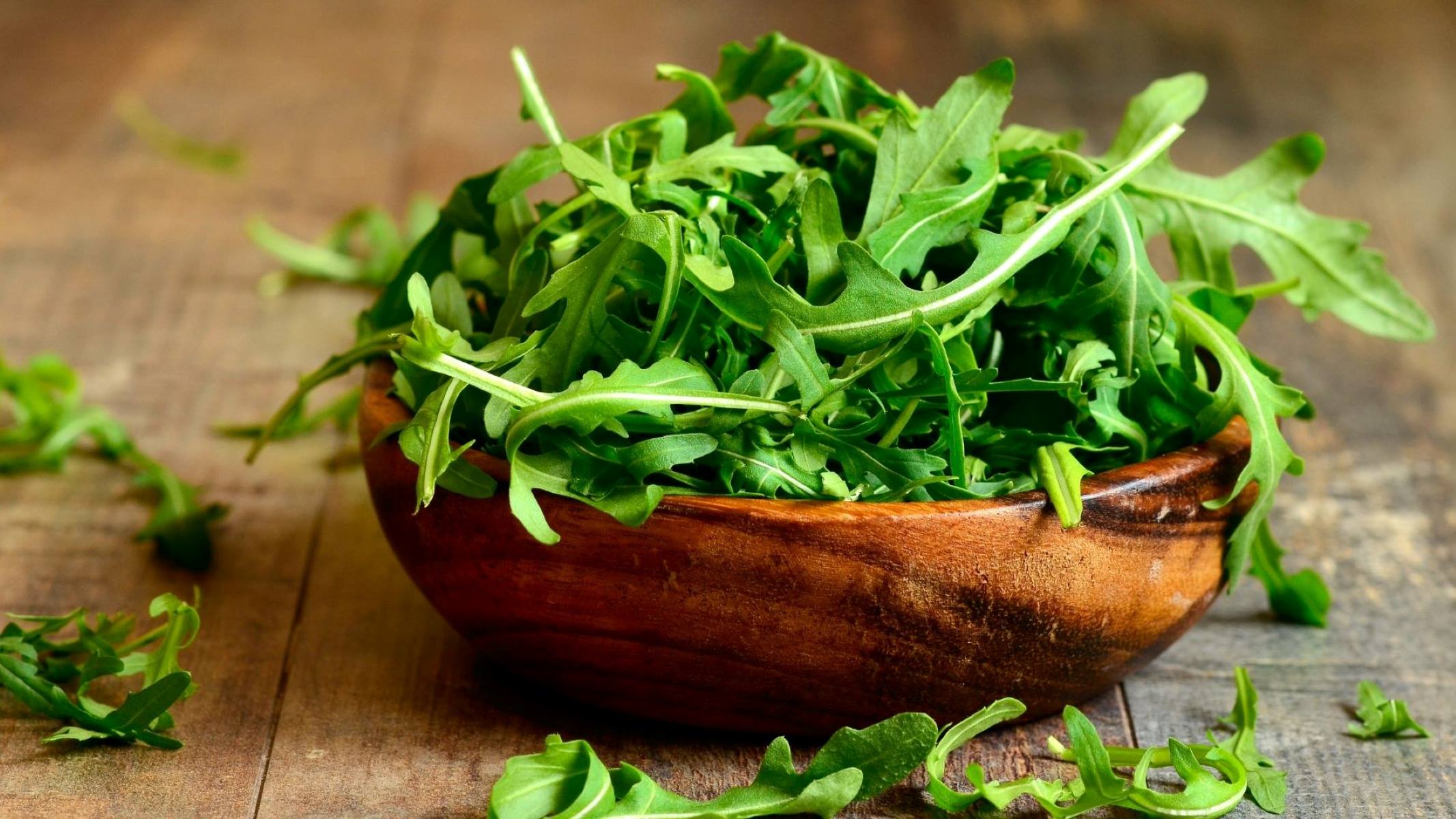
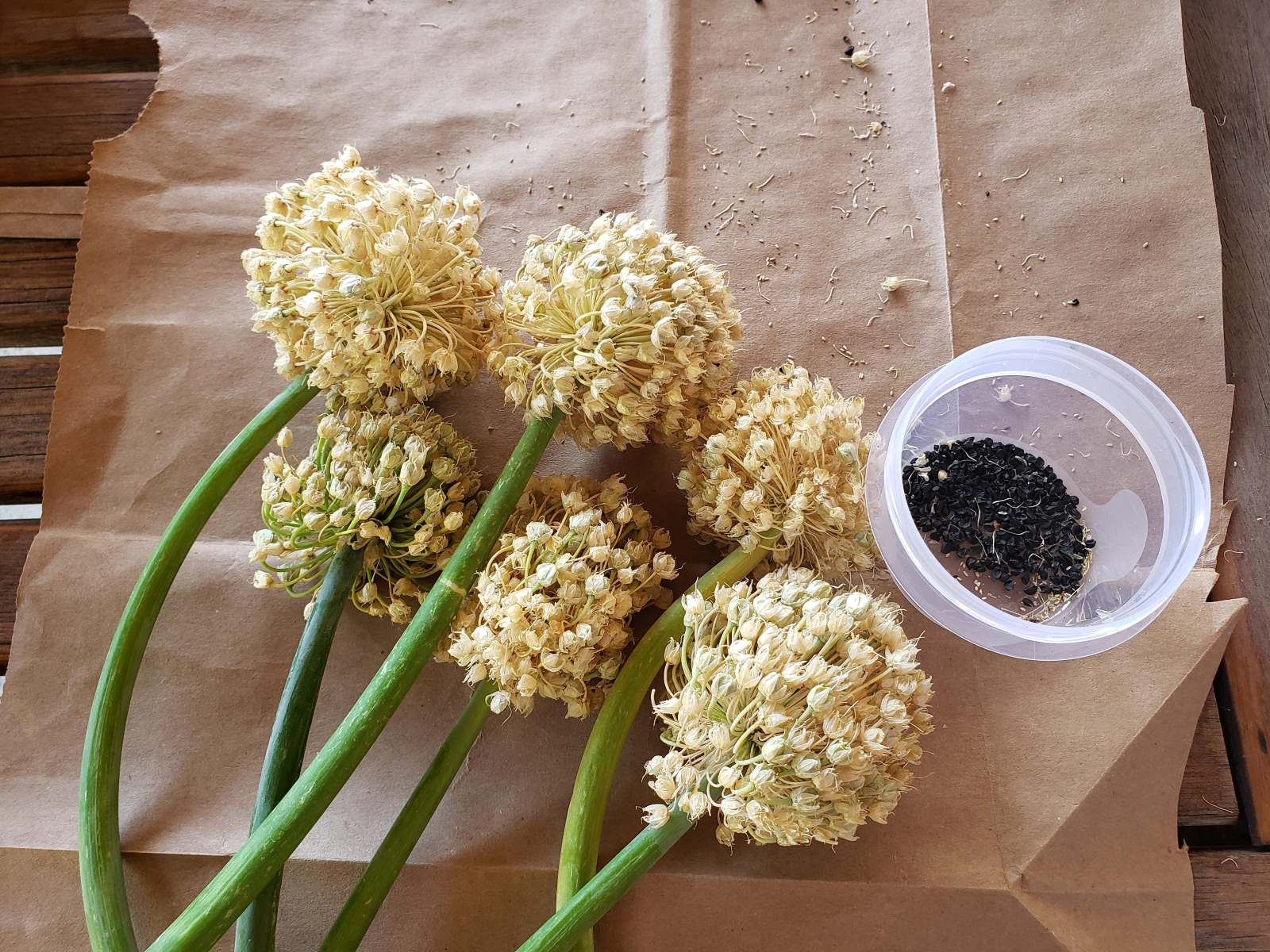

0 thoughts on “How To Harvest Rosemary Seeds”